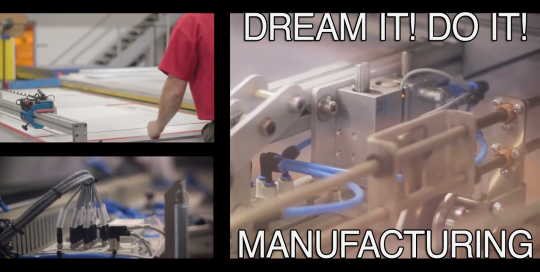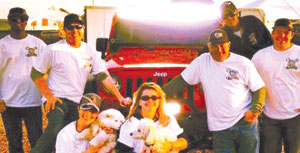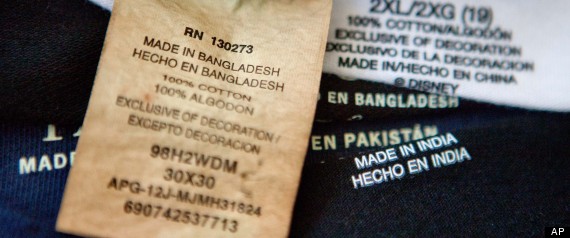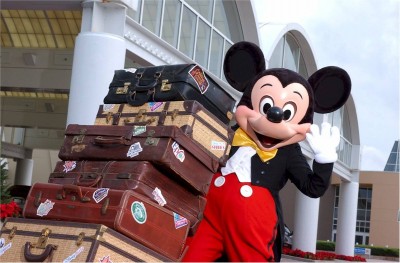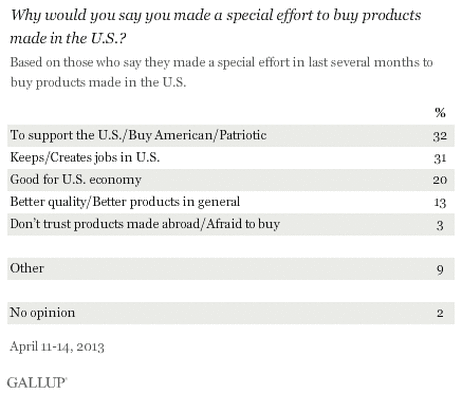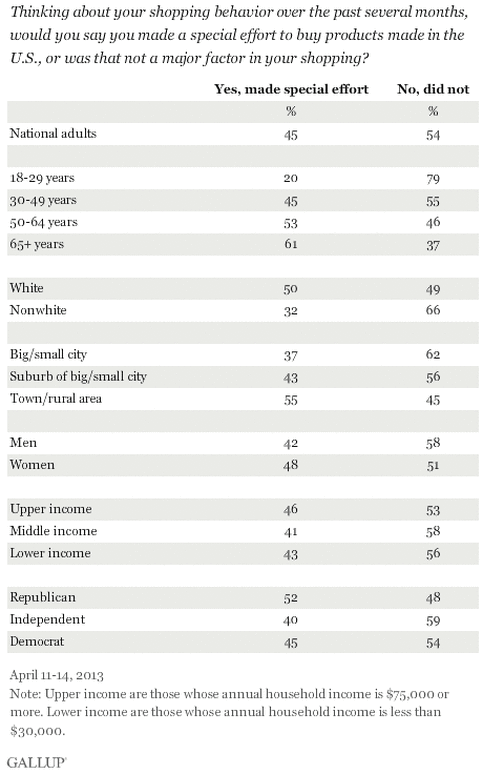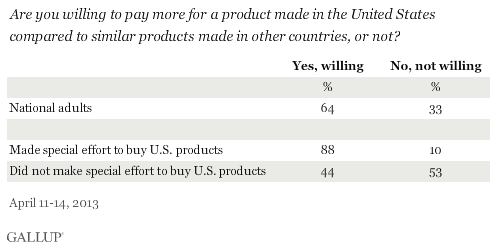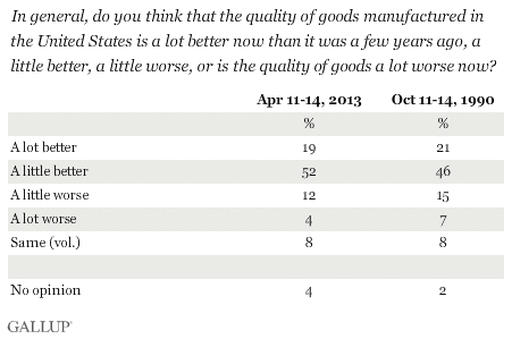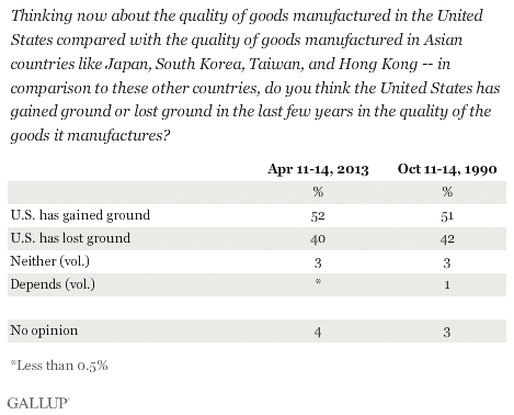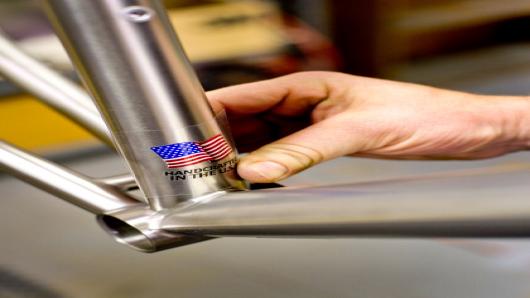American Manufacturing Is Going (to New) Places: And What That Means About Jobs
CEO, Society of Manufacturing Engineers
If America is to compete with low-waged countries, we must innovate ways to make things more cost effectively than the labor-heavy products that have been outsourced for the last two decades.
Manufacturing has long been the primary source of innovation, and the industry is using this creativity to remain competitive in a global market. And this is impacting the kinds of workers manufacturers need today.
For example, by automating processes, factories can now run “lights-out” operations that require no workers on site. Should we bemoan the loss of the repetitive-assembly jobs that used to be needed to support this type of activity or celebrate that this company can mark their products “Made in America,” and keep the higher-skilled jobs required to keep its lights out here in this country?
Manufacturing jobs are changing. We can no longer expect manufacturing to employ our nation’s low-skilled workers. Manufacturing jobs are now a part of the “knowledge economy.”
A healthy manufacturing industry of the future is one that keeps the research and development, design and production — and the highly paid manufacturing jobs that come with it — in America. Although these jobs won’t be as plentiful as they were in the last century, advanced manufacturing jobs average $77,000 compared with the workers in all other industries who average only $60,200 a year.
This illustrates why it is increasingly more critical to educate and train a workforce that can design parts and equipment, process how parts are made, manage, program and repair high-tech machines.
This education begins in the elementary schools where children are introduced to STEM subjects (science, technology, engineering and math). Participation in programs such as FIRST Robotics and SkillsUSA engage students and demonstrate real-word applications of science and math.
We also need to ensure our educational programs are creating workers ready for today’s jobs. SME is currently working within several communities to connect high schools, community colleges and local manufacturers in order to create a pipeline of future workers. With our knowledge of what manufacturers need, we work with more than 500 schools to offer industry-validated classes that prepare students for professions in today’s manufacturing environment. Online classes, for example, enable teachers to spend less time lecturing and more time applying this knowledge in the lab.
More than two thirds of manufacturers are having difficulty finding skilled employees. We cannot stand by hoping someone else will solve our skills gap crisis. Industry, government and educators need to work together to implement solutions that work.
Change is inevitable in manufacturing. Will we be ready to face the challenges ahead of us? Let’s stop talking and get on with making the future together.
Mark C. Tomlinson, CMfgE, EMCP, is executive director and CEO of the Society of Manufacturing Engineers (SME), a 501(c)3 organization that inspires, prepares and supports the advancement of manufacturing. SME works with government, educators and industry to resolve the skills gap that threatens manufacturing and the U.S. economy. Follow Mark Tomlinson on Twitter: www.Twitter.com/SocMfgEng

